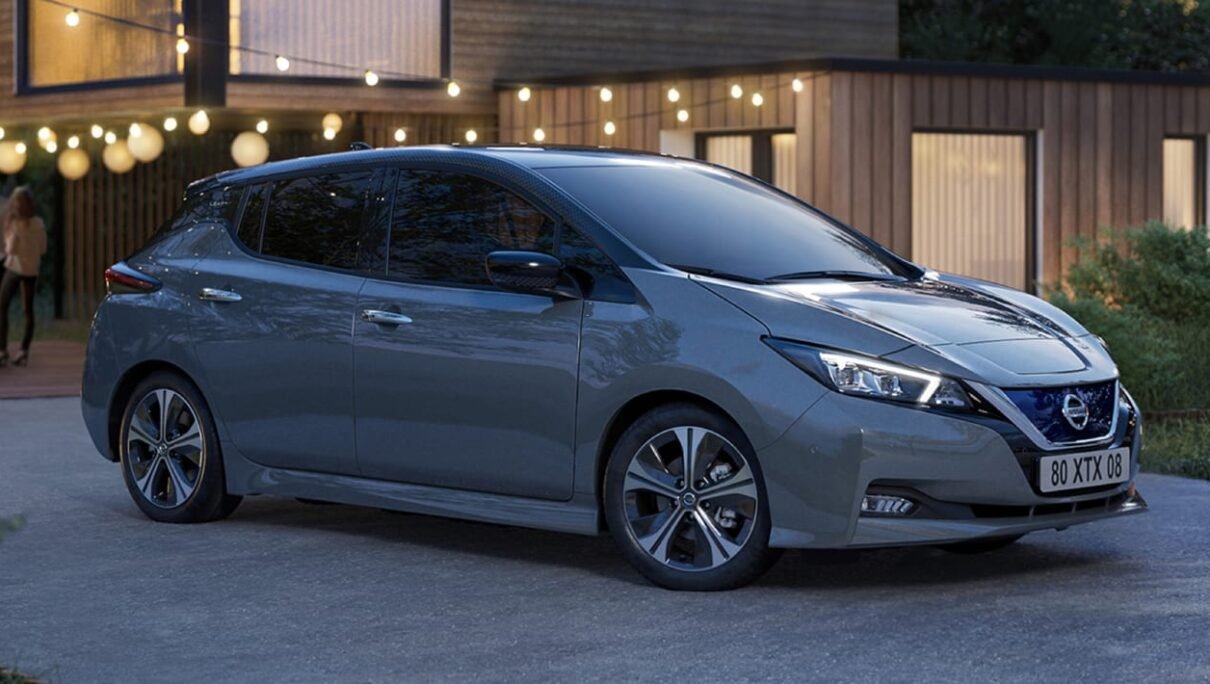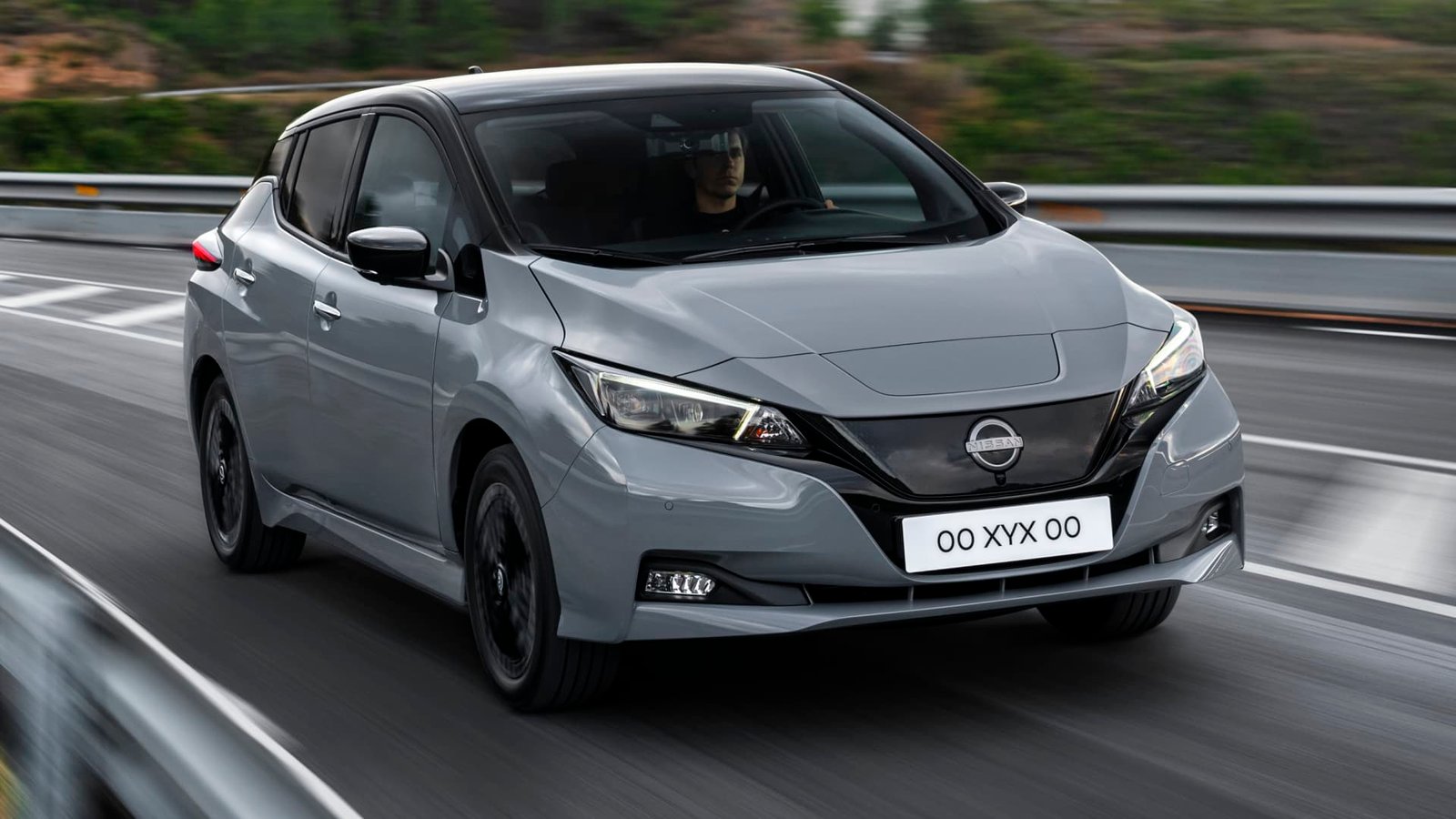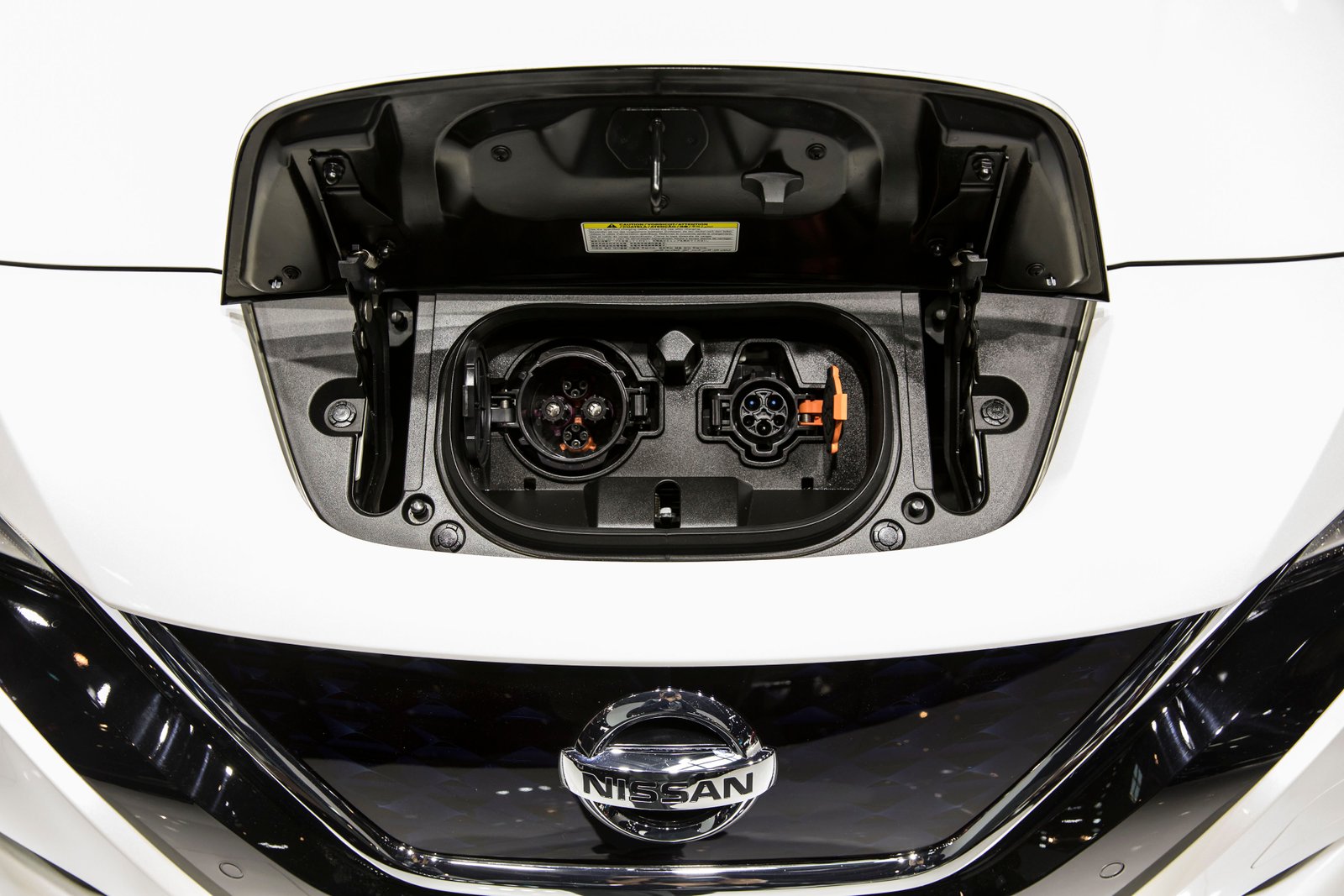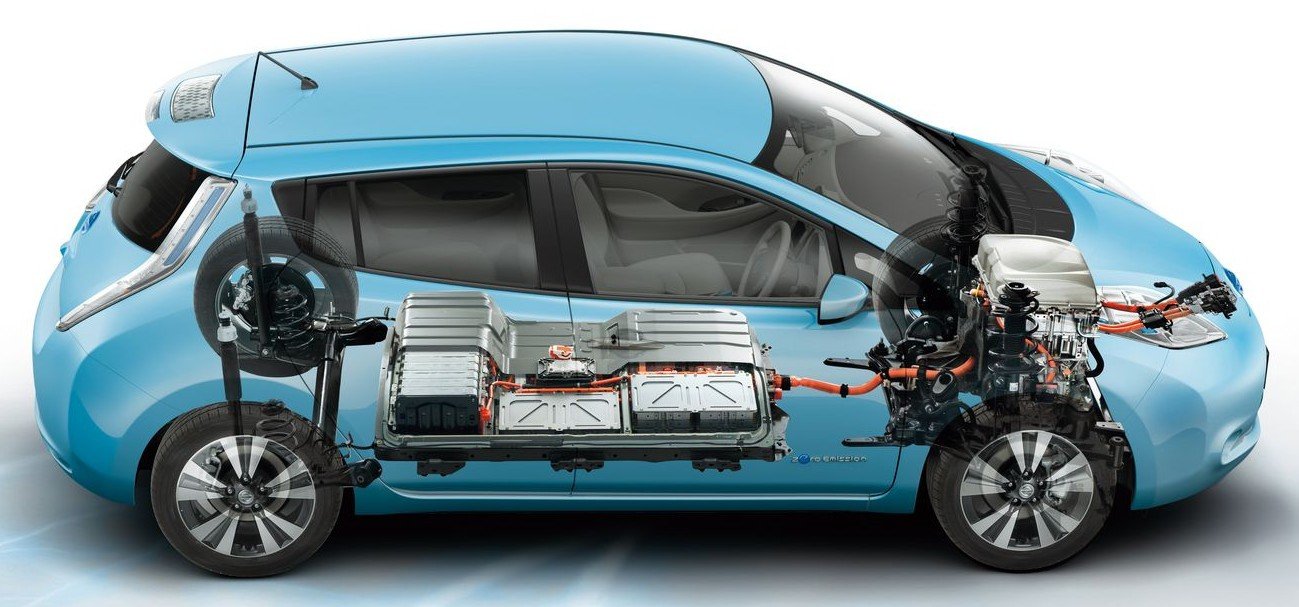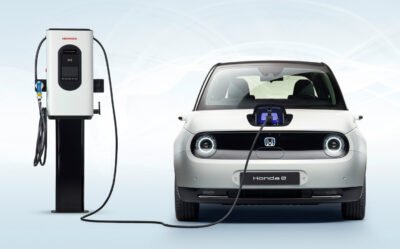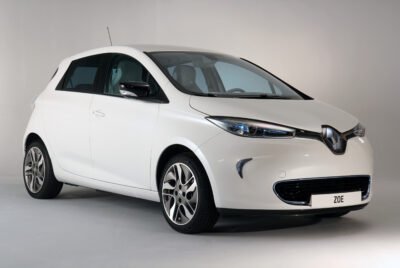Introduction
Since its introduction to the market in 2010, the Nissan Leaf has marked a crucial milestone in the history of electric mobility. As a trailblazer in the realm of consumer electric cars, the Leaf has captured the hearts of thousands of drivers seeking a sustainable and cost-effective alternative to traditional driving. In this article, we will dive into the outstanding features of the Nissan Leaf, examining its design, performance, and the impact it has had on the automotive landscape.
Why Nissan named this car LEAF ?
The Nissan Leaf, an electric car, gets its name from an acronym: “LEAF” stands for “Leading, Environmentally Friendly, Affordable, Family Car.” This name was chosen to reflect the vehicle’s key attributes:
Leading:
The Leaf was designed to be at the forefront of electric vehicle technology, aiming to lead the way in the transition from traditional combustion engines to electric power.
Environmentally Friendly:
As an electric vehicle, the Leaf produces zero tailpipe emissions, contributing to a more environmentally sustainable mode of transportation.
Affordable:
Nissan aimed to make the Leaf an accessible option for a wide range of consumers, helping to dispel the notion that electric vehicles are exclusively high-end or luxury options.
Family Car:
The Leaf was designed to accommodate the needs of families, offering practicality, sufficient interior space, and a comfortable driving experience.
The name “Leaf” also carries a natural and organic connotation, which aligns with the vehicle’s eco-friendly and sustainable focus. It’s a memorable and evocative name that effectively communicates the core values of the Nissan Leaf.
1. Innovative and Distinctive Design
1.1. Evolving Leaf
The Nissan Leaf has evolved over the years, transitioning from a modest design to a more modern and dynamic aesthetic. Its clean lines and aerodynamic profile set it apart on the road, while the V-shaped grille and boomerang headlights evoke Nissan’s iconic design language.
1.2. User-Focused Interior
The Leaf’s interior offers a welcoming and intuitive experience. The judicious use of recycled materials and eco-conscious design elements demonstrates Nissan’s commitment to sustainability. Furthermore, the well-designed interior provides unmatched comfort and convenience for both passengers and the driver.
2. Clean Power: The Electric Powertrain
2.1. Revolutionary Performance
The Leaf draws its power from an electric motor that offers an impressive combination of instant torque and rapid acceleration response. This translates to a quiet and responsive driving experience, making the Leaf an enticing option for environmentally-conscious urban drivers.
2.2. Battery and Range
3. Innovative Technologies
3.1. e-Pedal System
3.2. ProPILOT Assist System:
3.2. NissanConnect Infotainment System:
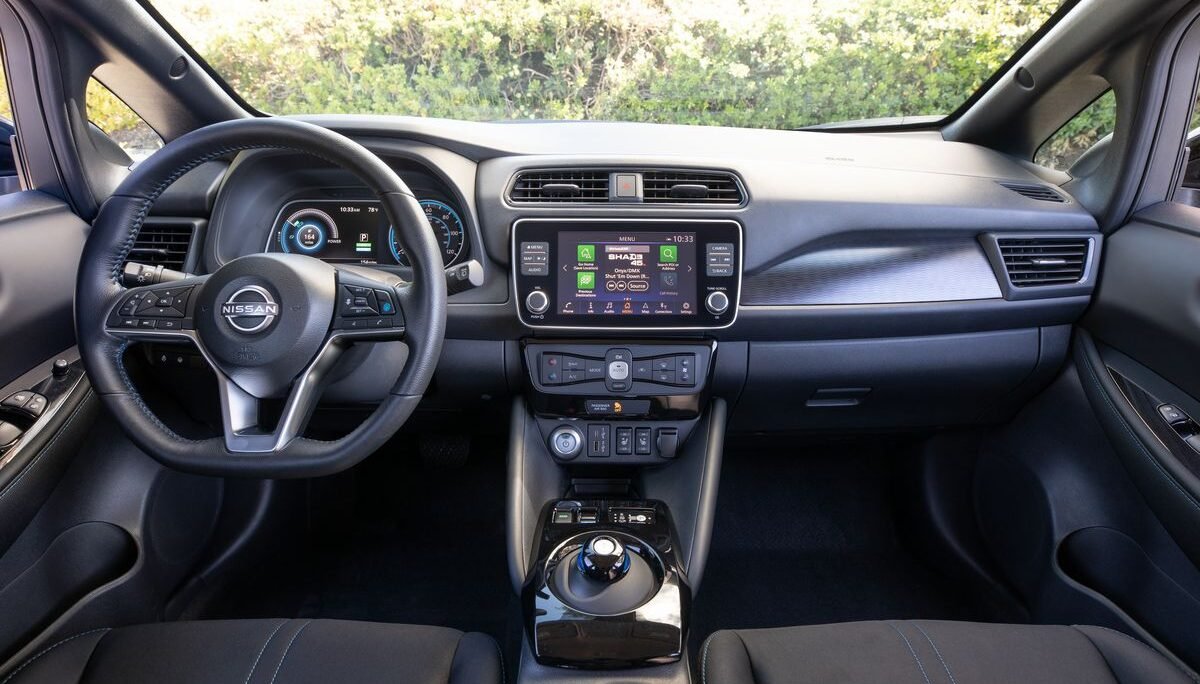
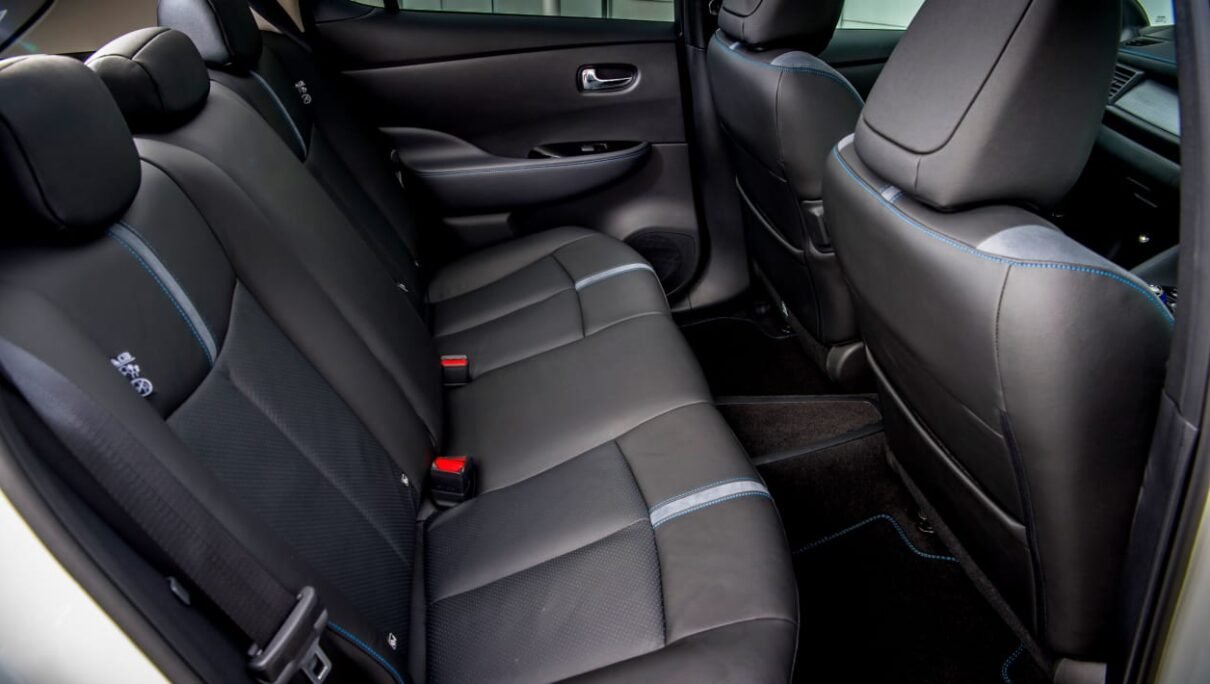
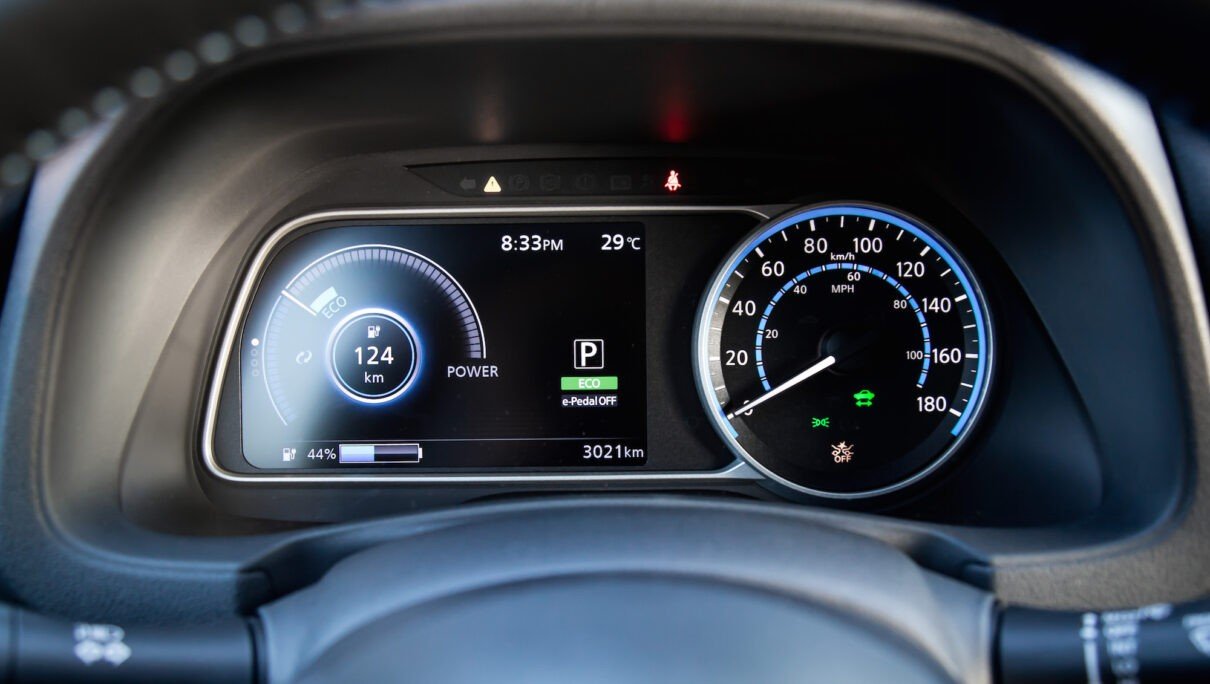


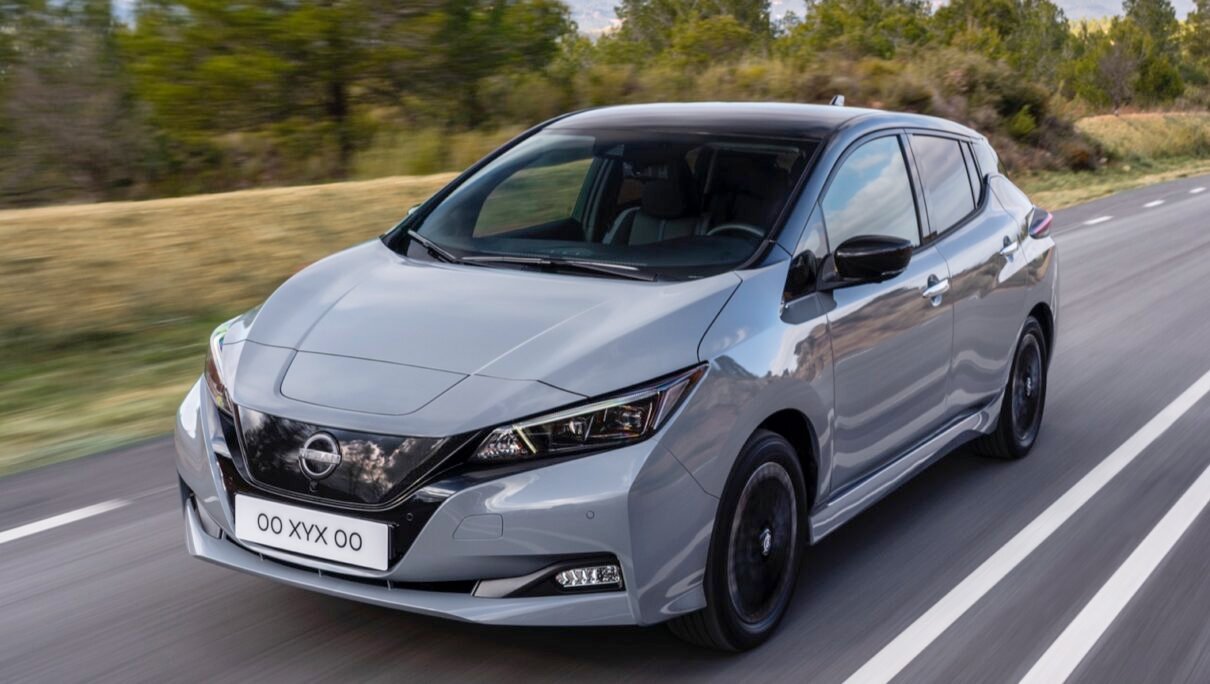
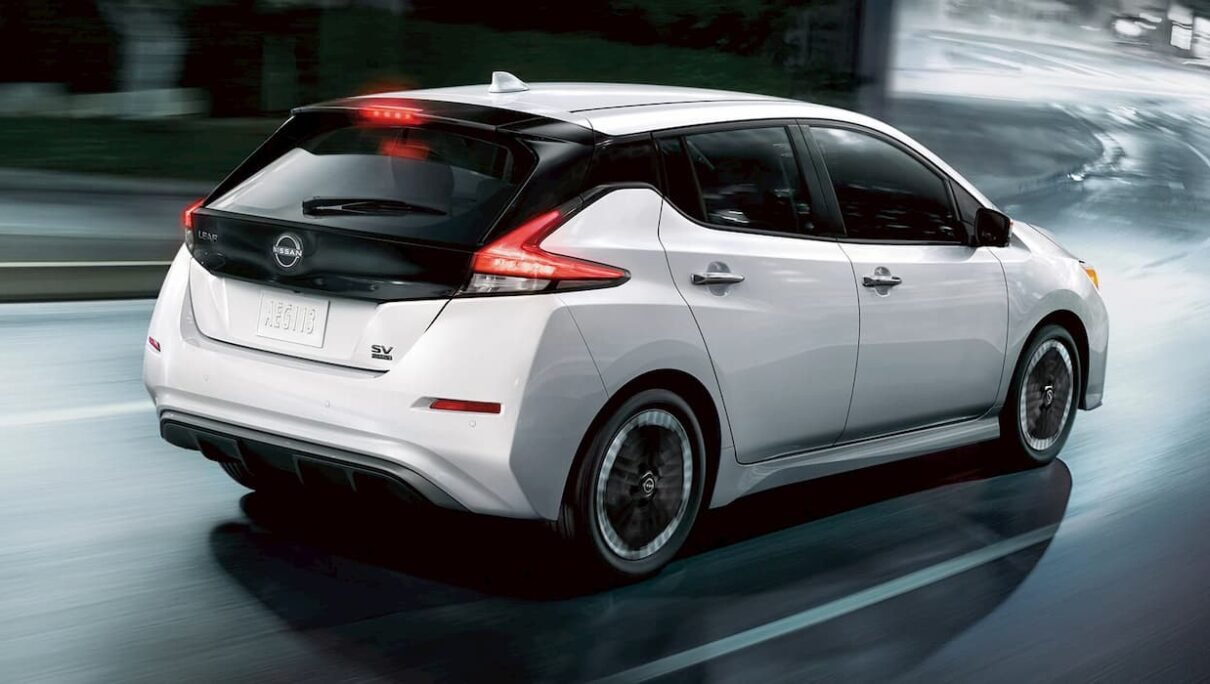
4. Positive Environmental Impact
4.1. Reducing Carbon Emissions
By opting for the Nissan Leaf, drivers actively contribute to reducing carbon emissions and combating climate change. Indeed, driving an electric car significantly lowers the carbon footprint compared to a gasoline-powered vehicle.
4.2. Nissan’s Sustainability Initiatives
Nissan demonstrates its commitment to sustainability through initiatives such as material reuse and renewable energy production in its manufacturing facilities. These efforts aim to create a greener supply chain and promote a cleaner future.
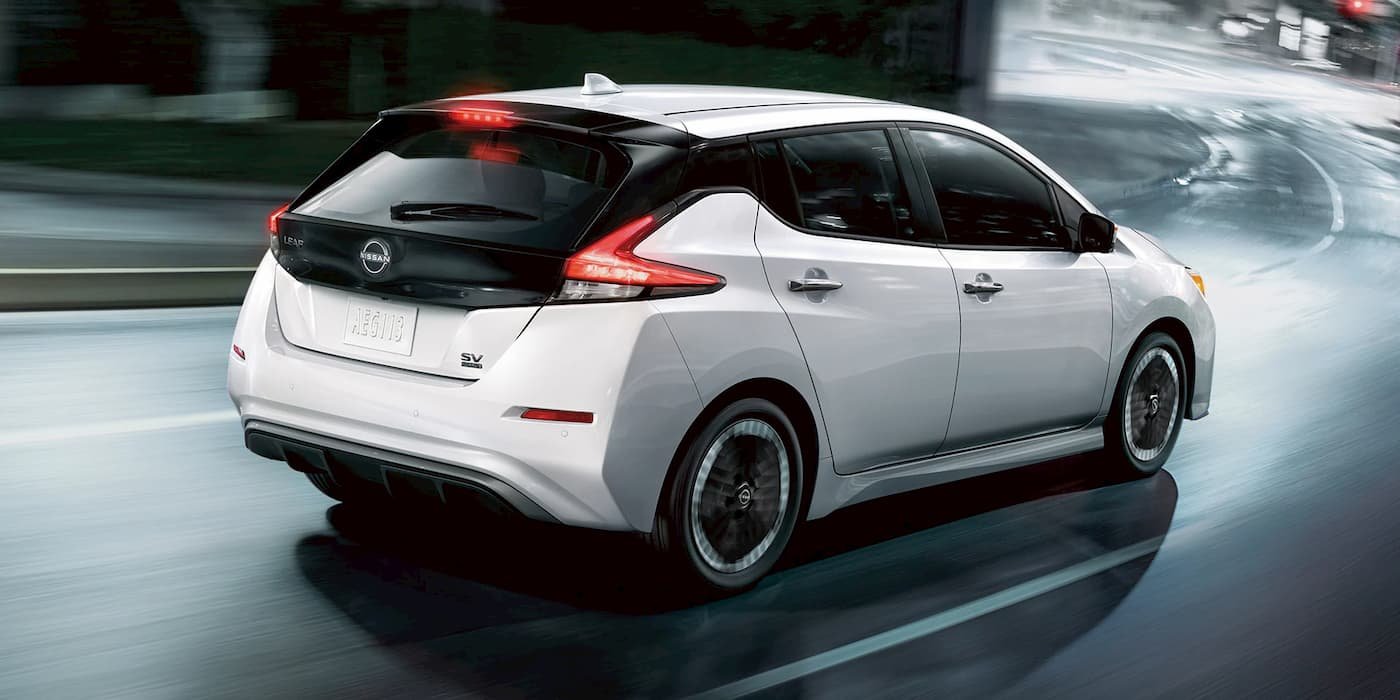
5. Other Considerations
Beyond these specific weaknesses, there are other considerations for potential Nissan Leaf owners. The initial cost of purchase can be higher compared to traditional gasoline-powered vehicles, although government incentives and rebates may help mitigate this expense. Owners should also be aware of the potential for battery degradation over time, which may impact the vehicle’s range.
Interior space is another factor to keep in mind, as the Leaf, like many compact electric cars, may offer less room compared to larger traditional vehicles. Additionally, winter weather can lead to reduced range due to its impact on battery performance.
While driving an electric vehicle is generally more cost-effective than using gasoline, charging at home may lead to higher electricity bills, especially for those without access to free public charging.
Finally, the quiet nature of electric vehicles can be a safety concern for pedestrians who may not hear them approaching. It’s important for potential owners to weigh these considerations against the benefits of owning an electric vehicle and to assess how they align with their specific needs and preferences.
Embark on an electrifying journey with the Nissan Leaf Electric! Watch a professionnal POV (point of view) test drive video by AUTO POV DRIVE and experience the future of urban mobility.
Conclusion: Pioneer of Electric Driving
For drivers seeking an eco-conscious driving solution without compromising the joy of driving, the Nissan Leaf remains an indispensable choice. Join the revolution and embrace the future of electric driving with the Nissan Leaf..


